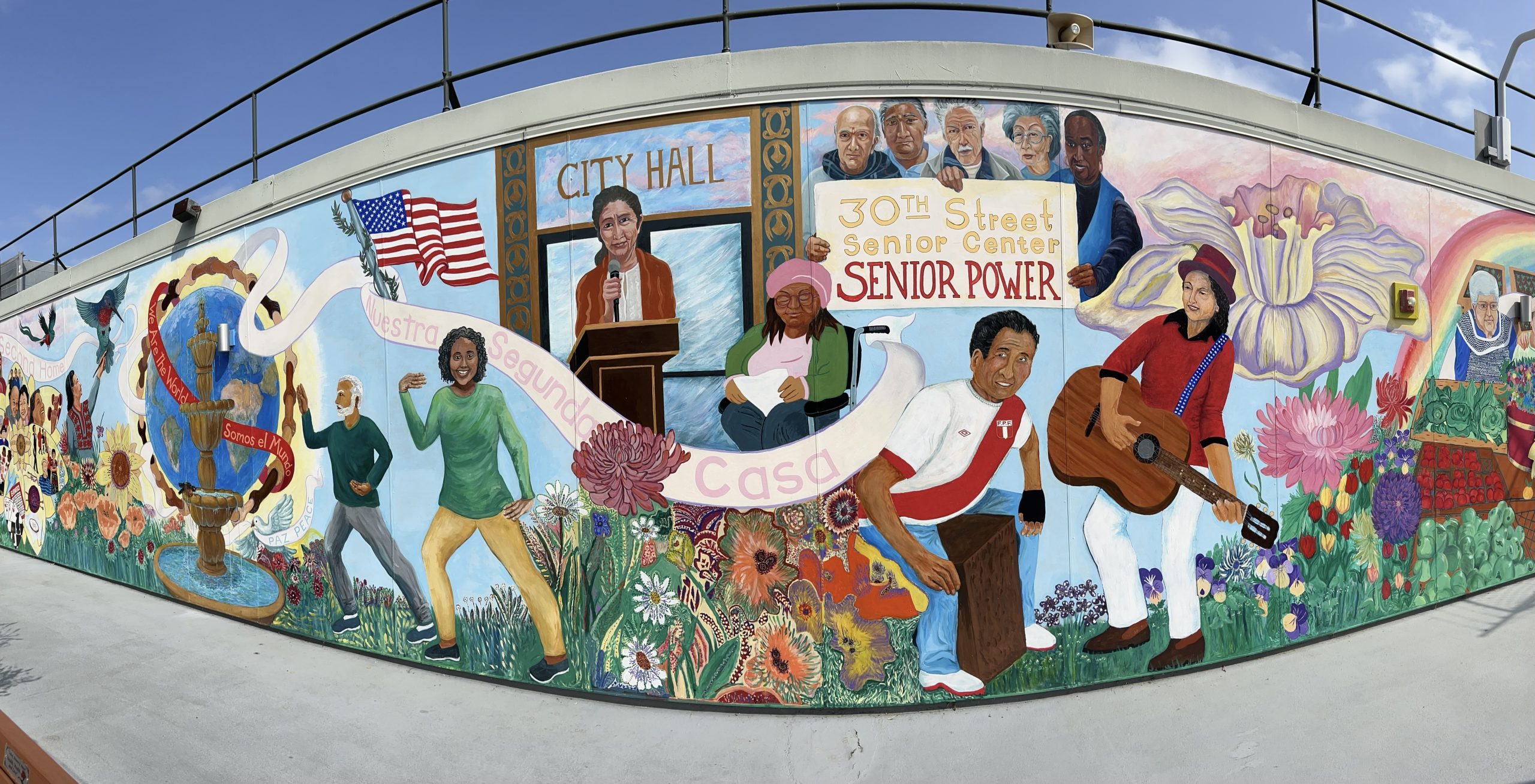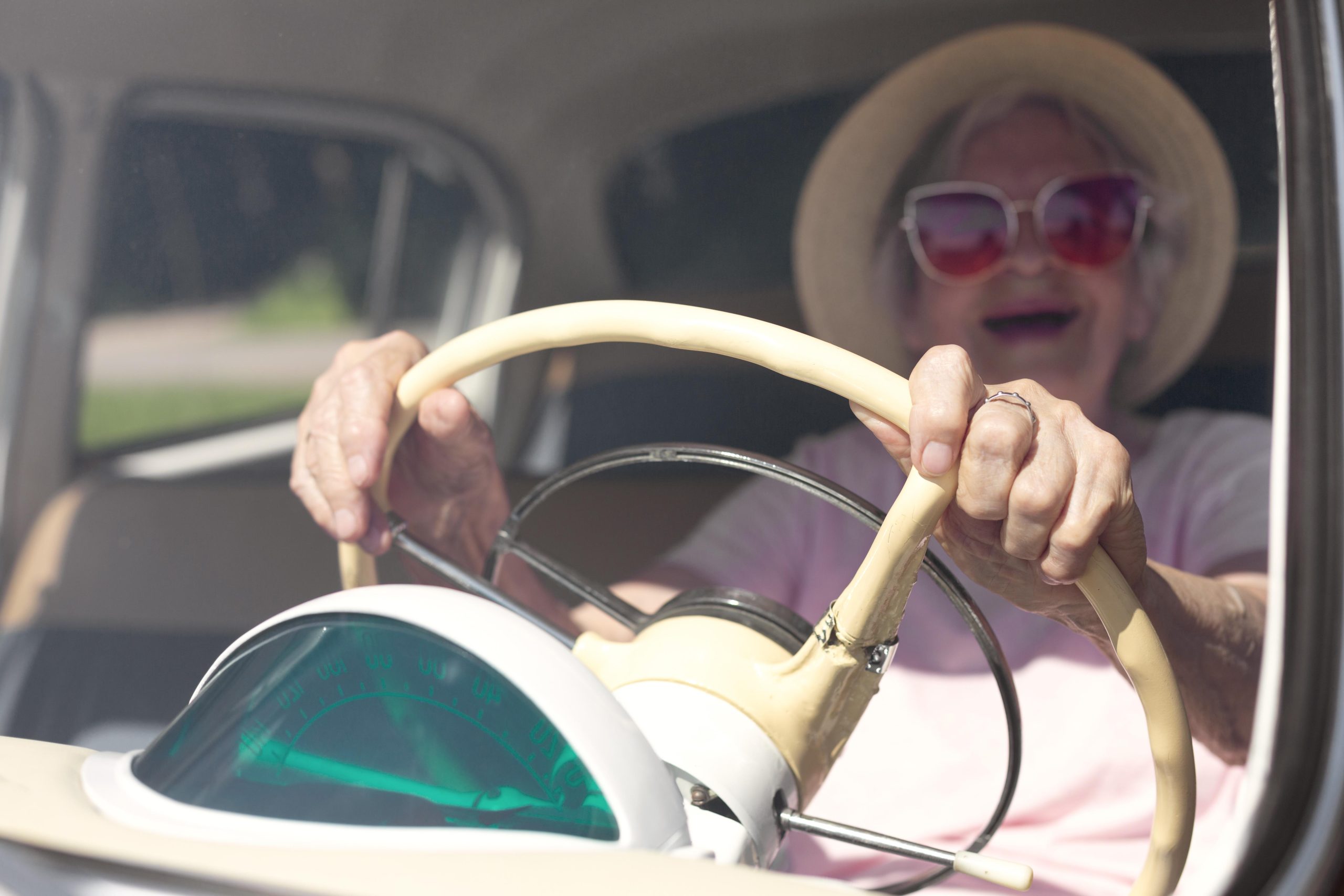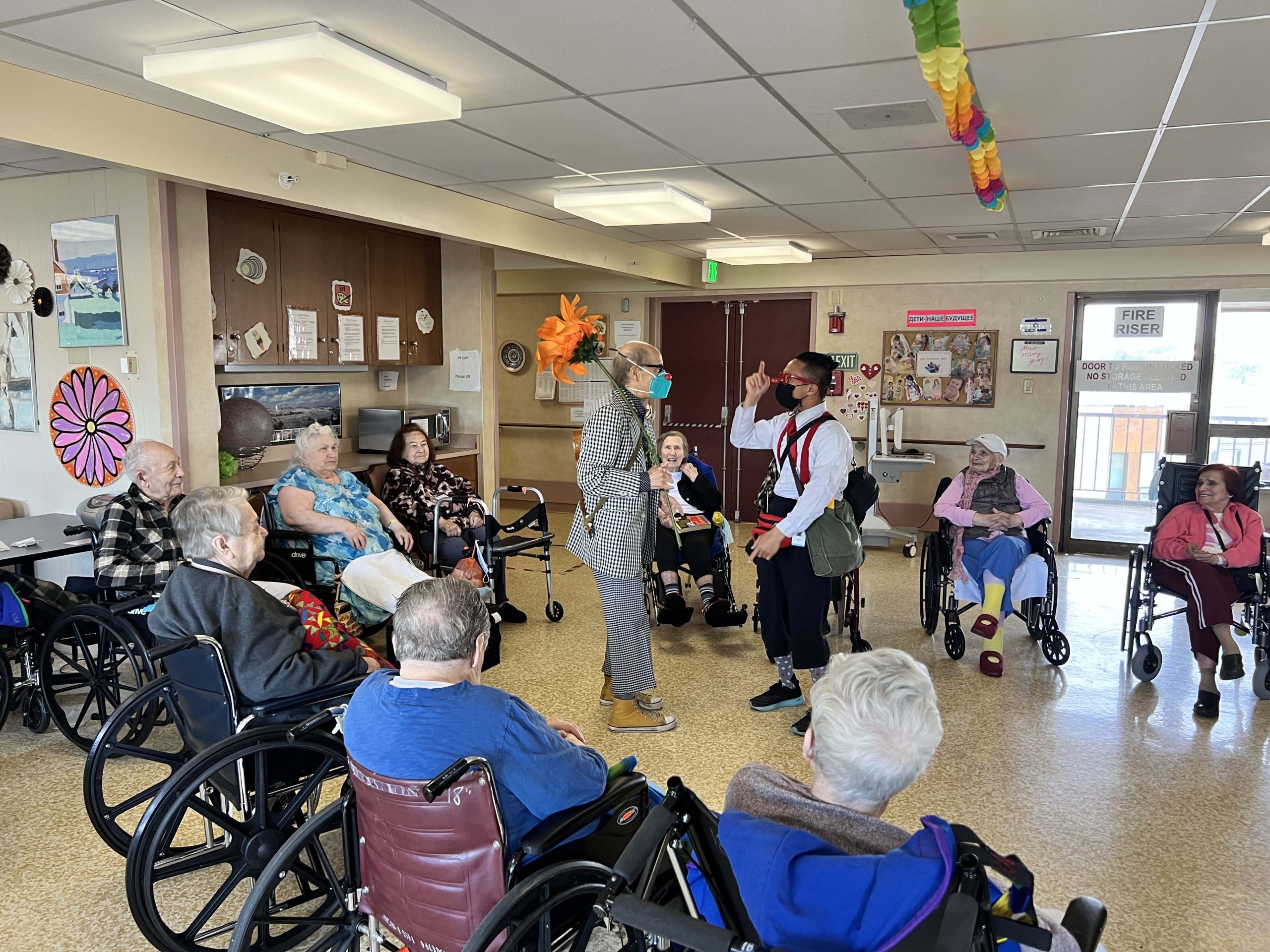Camera, celebrities, presidents and Panama Canal adventures mark photographer’s extraordinary career
Casinos like the Tropicana, the Sahara and the Sands sprung up in Las Vegas in the 1950s. Big bands backed top entertainment like Sinatra, Ella Fitzgerald, Judy Garland and Elvis. In this heady environment, Tom Zimberoff came of age.
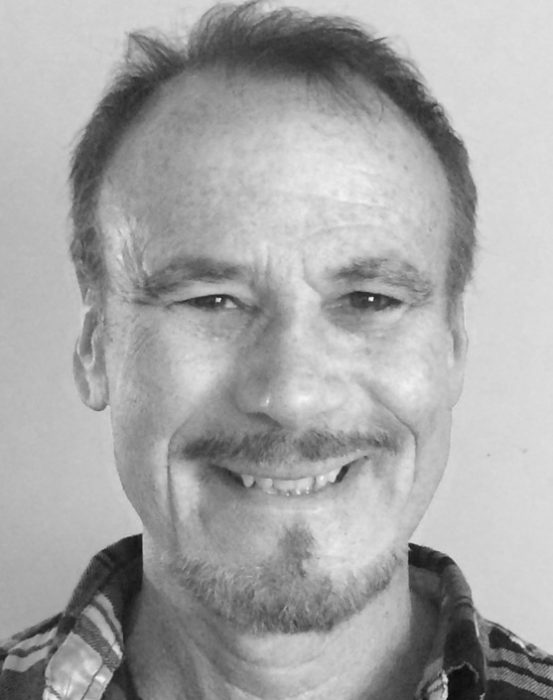
“My father played violin in the big bands at the time when big bands had string sections,” Zimberoff said. “And I was getting pretty good on the clarinet at 12 when my father introduced me to my idol, Benny Goodman. He let me come to his rehearsals after school. Insane!”
Zimberoff, 68, said he loved growing up in that strange and wonderful big sandbox. “I met all kinds of great musicians in Las Vegas like Bob Crosby and the Bobcats, a Dixieland band, and Phil Harris, a jazz bandleader and singer.”
He was on the road to becoming a professional clarinetist when his family moved back to Los Angeles. He got a full music scholarship to the University of Southern California School of Performing Arts while attending Beverly Hills High School, he said.
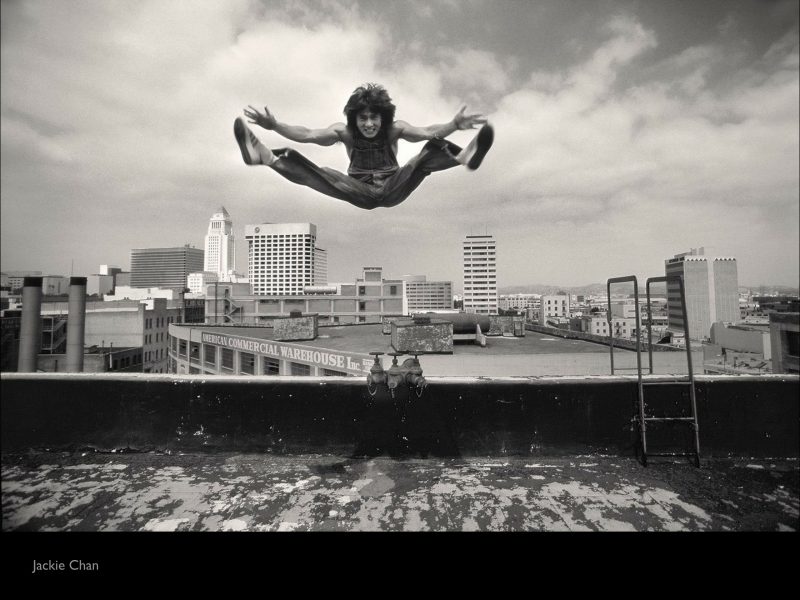
At the same time, the 16-year-old Zimberoff was becoming friends with the sons and daughters of monied movie people, and admiring their fancy cameras. “My friends had expensive Nikons and were taking pictures of celebrities to sell to fan magazines.”
Unique access to a rarefied world
He fell in love not just with mingling with celebrities but the “gizmo-ness” of cameras. A Pentax that he refurbished and a prized shot for the “Daily Trojan,” USC’s student newspaper, would pull him into the world of professional photography.
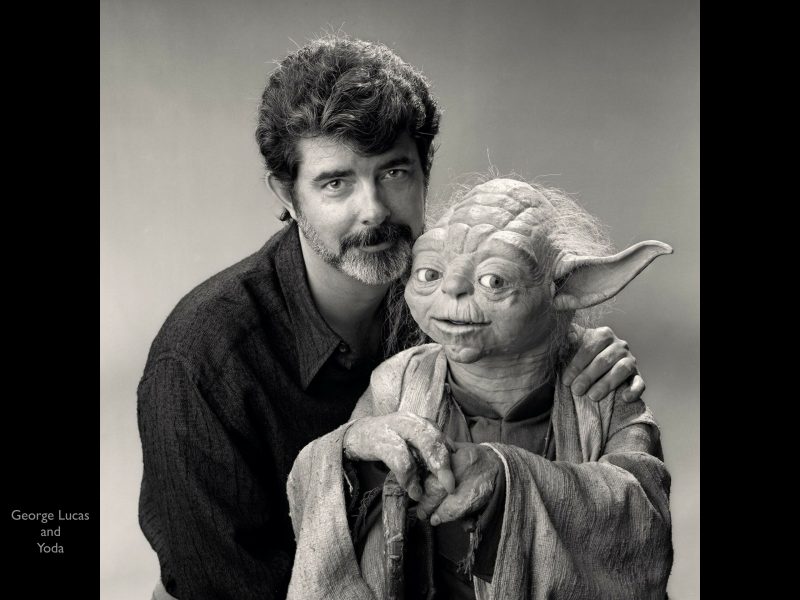
Zimberoff has since done it all – commercial photographer, photojournalist, portraitist, art book photographer and author, textbook writer and software developer for the business of photography. “Just call me an ‘artrepreneur,’ “he said.
His interest in professional photography was whetted by fashion shots in London’s Swinging ’60s. British photographer David Bailey was taking pictures of Jean Shrimpton and Twiggy, Zimberoff said. “It was very cool and exciting.” He also was intrigued by “Blow Up,” the 1966 film about a fashion photographer based on Bailey’s exploits.
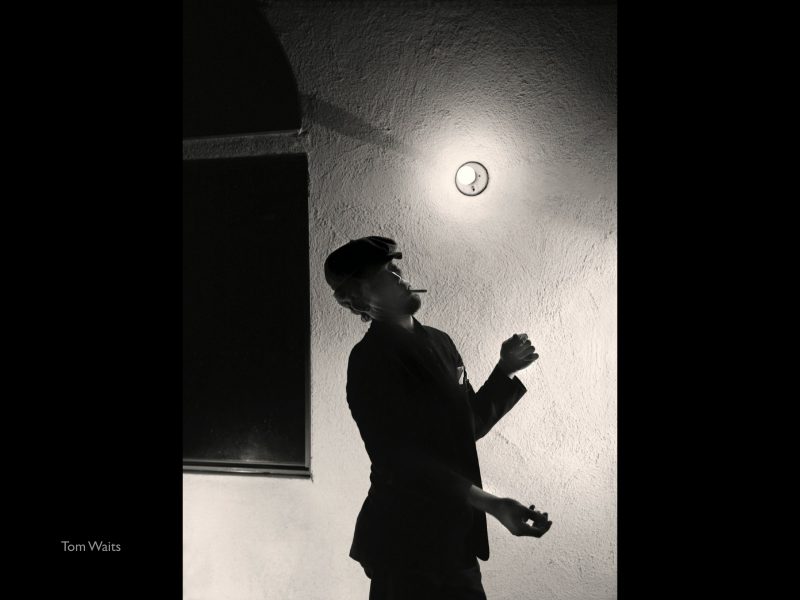
Meanwhile, Zimberoff was meeting American celebrities at his friend Terry’s house, the old Hal Roach mansion. Terry’s father, Jack Hanson, owned Jax, a popular Beverly Hills clothing store, and Daisy, a hot Hollywood disco.
“We’d play tennis at the mansion and movie people visited all the time,” he said. One of them was Gordon Parks, the first black, big film director and Life photographer.
John Derek was in and out. He directed the 1979 film “10,” about a man’s midlife-crisis focus on a beautiful young woman – played by Derek’s wife, Bo. One day Derek left his Pentax camera in the cabana, Zimberoff said. Time went by and he never claimed it.
“I picked it up. It was broken. I fixed it and that was the camera I used to get my page one shot for the USC school newspaper.”
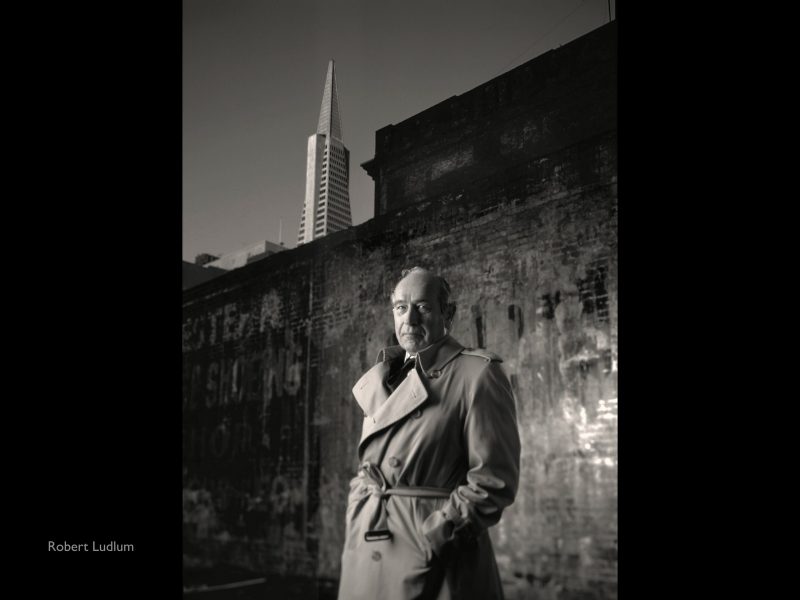
That was in 1970 and Zimberoff was a college freshman. “I was standing in front of Bovard Auditorium where I rehearsed and performed with the USC Wind Orchestra,” he said, “when a man burst out of the front doors of the library brandishing a knife. He tossed the knife away and started running. Several people ran after him, including me.”
Zimberoff, having just loaded a roll of film into his Pentax, started taking pictures. Standing around after the man holed up in a classroom, the Trojan’s photo editor asked if he had scored any pictures worth publishing.
Music battles with photography
His shot of the victim being carried out of the library on a gurney made the front page. Zimberoff didn’t think it was a great photo, but he felt great being in print for the first time. And, he was offered a job as a contributing photographer on the paper, with darkroom privileges and all the film he could shoot.
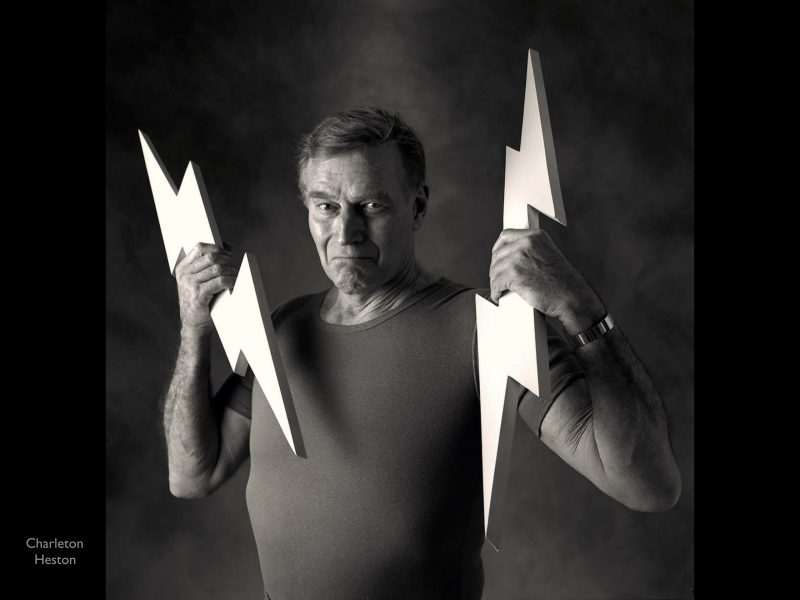
Associating with the newspaper staff, Zimberoff learned about the work of well-known photojournalists like Gordon Parks and Henri Carter-Bresson. He also studied portraitists like Irving Penn, Phillipe Halsman and Arnold Newman. “I collected photography books and spent hours looking at prints in galleries and museums,” he said.
At this point in his life, Zimberoff was living in two different worlds. In addition to his music courses, he signed up for an elective in still photography in his sophomore year. One assignment was to create a photo essay: shoot it, process the film, print it and mount storyboards for an in-class show-and-tell.
“I had big responsibilities with my music, and I was putting in as much energy learning photography,” he said. “I was flailing around. I liked taking photos, but I also thought I might want to be in the music business in production. But, my brother-in-law, a powerful executive in the music business, discouraged me.”
His first paid published photograph
The idea for his class photo essay just about fell in his lap. Zimberoff and his high school buddy, Steve, son of Mel Tormé, were playing pool at the Daisy. Suddenly, Max Baer Jr., who played Jethro on The Beverly Hillbillies, ran inside screaming for help. His Open Road RV was on fire outside.
Steve grabbed a fire extinguisher and Zimberoff grabbed his Pentax. It was after 10 p.m. and he knew intuitively to call the wire services. No one picked up at the Associated Press, but someone answered at United Press International. The staffer told Zimberoff to rush downtown so they could “soup” (process) the film. “I asked for a Benjamin ($100) and was turned down,” he said. But he got the shot and $15.
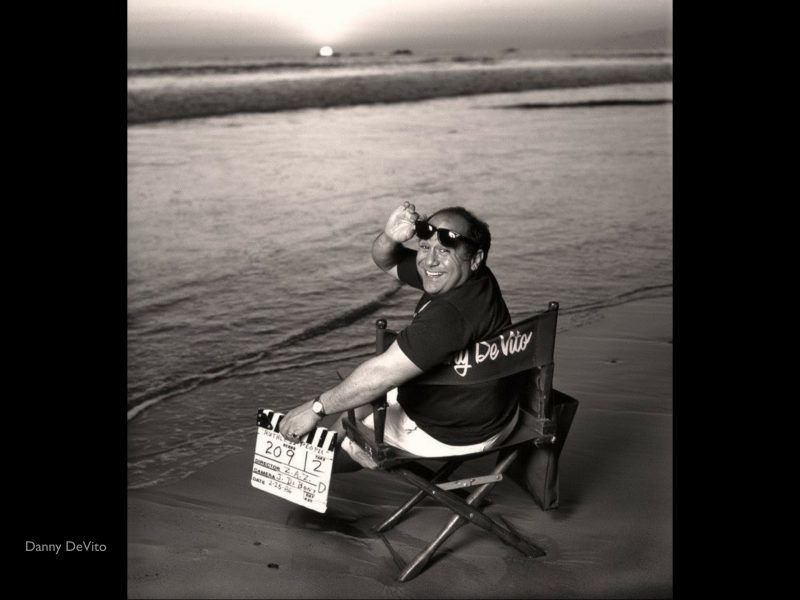
Zimberoff soon decided to switch his major to cinema. USC didn’t offer one in photography.When his request was turned down, he dropped out of college to concentrate on photography.
Between semesters of his freshman and sophomore years, Zimberoff had worked in the mailroom of the public relations firm Rogers & Cowan, where his older sister was a publicist. The company represented record labels, movie studios and a constellation of stars in both industries.
Through the contacts he cultivated there, Zimberoff started shooting bands on stage and behind the scenes, from Jethro Tull and Procol Harum to The Jackson Five in venues around the world. “Artists like Three Dog Night, Chuck Berry, Joe Cocker, Little Richard, The Carpenters, B.B. King, Leon Russell and Cat Stevens sang and danced in front of my lens,” he said.
Hollywood, Silicon Valley and the White House
For his client Viacom, Zimberoff took “grin & grip” photos at Hollywood parties at the Bistro in Beverly Hills. This led to work with the David Frost Show, he said.
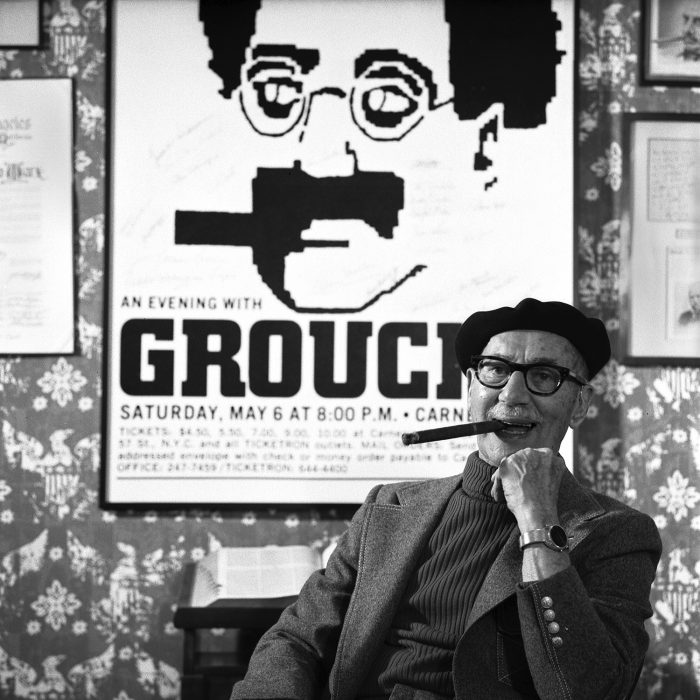
Zimberoff was building an impressive portfolio, not just because he was a good photographer but through chutzpah and moxie, he said. In 1971, he cajoled his employers at Rogers & Cowan to set up a photoshoot for him with their client Groucho Marx. “I just bought this high-end German Rolleiflex camera, and I wanted an adventure,” he said.
For his first portrait, with the most famous of the Marx Brothers, he knew he had to be ready with a great idea. Marx was a lifelong cigar smoker, so “I showed up to the shoot with a box of Dunhill Montecristo Cubans,” Zimberoff said. And Groucho posed smoking, “even though he had just given up smoking.”
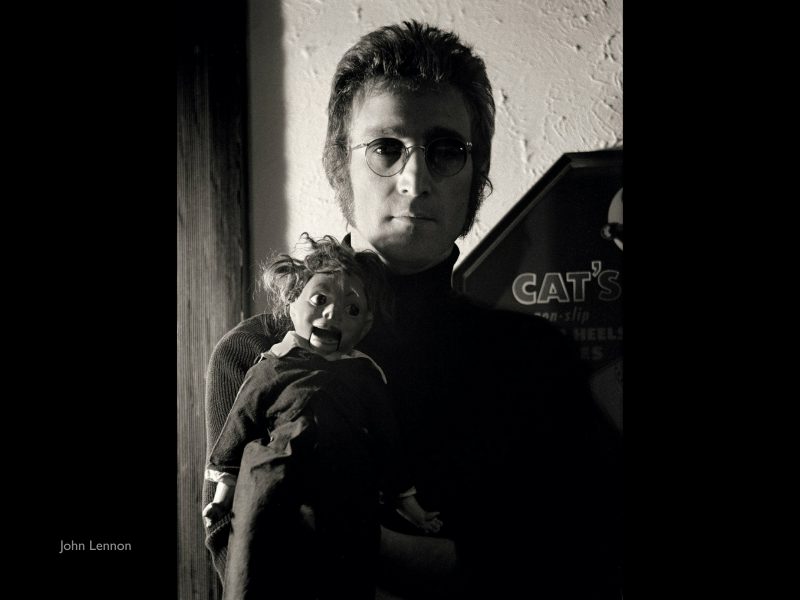
Zimberoff’s second portrait was of John Lennon in 1973. “I used to say my first two portraits were Marx and Lennon,” he said, “but it stopped being funny when younger people didn’t know who Lenin was.”
Stevie Wonder posed for Zimberoff for a cover of “Crawdaddy,” a precursor to “Rolling Stone” magazine. “I asked him to pose without his glasses. Never before and never again did he pose without them.”

Over the years, his portraits found their way to the covers of many magazines, including those of John Lennon and Steve Jobs. He photographed two sitting American presidents (Carter and Reagan) for the covers of “Time” and “Fortune.“
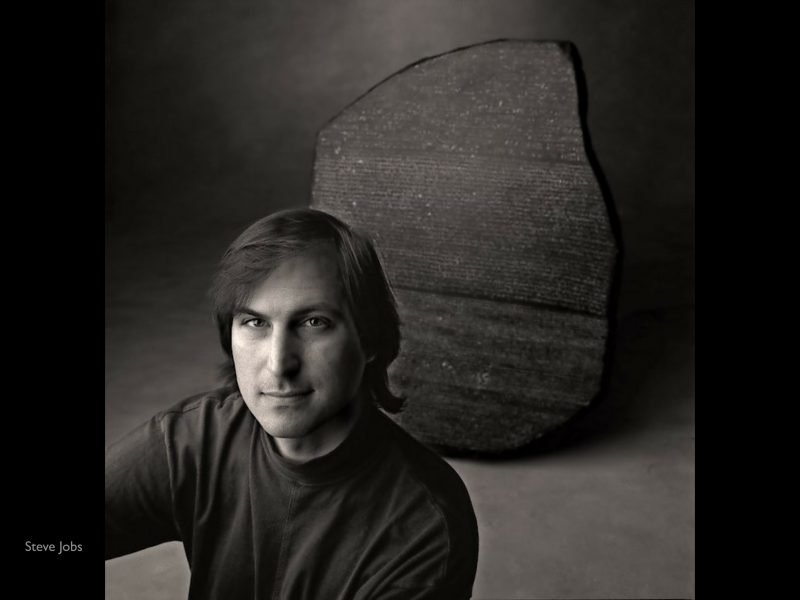
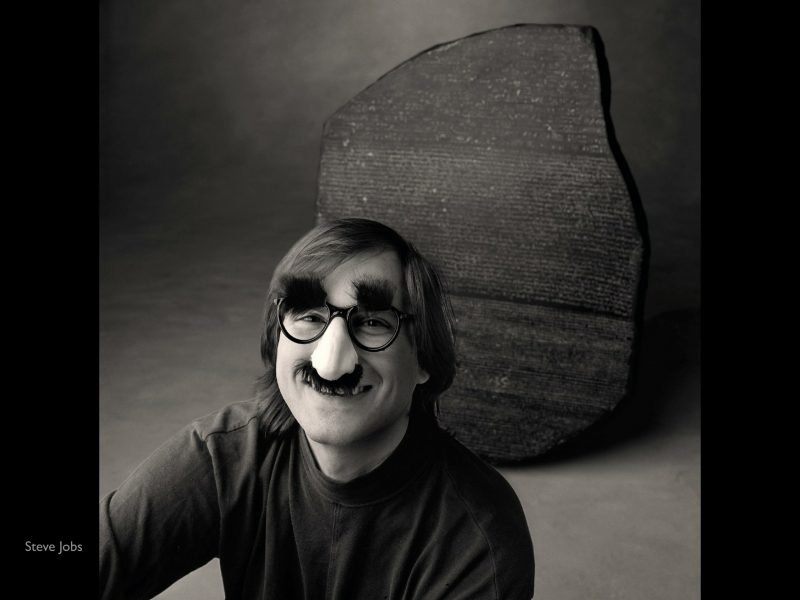
He also did advertising campaigns for Fortune 500 companies, Hollywood movie studios and the U.S. Navy, and covered hundreds of historical events and breaking news stories.
It was in 1976 that his career turned more intently to photojournalism. In 1976, his agency, GAMMA, got him credentials to photograph the Republican National Convention in Kansas City, Mo. That unrolled a network of connections that would help put him in the right places at the right time.
There he met Robert Pledge, the agency’s New York Bureau Chief. After the convention, Pledge and photojournalist David Burnett invited him to visit New York City. In New York, Pledge introduced Zimberoff to John Duriak, legendary photo editor at “Time” magazine.
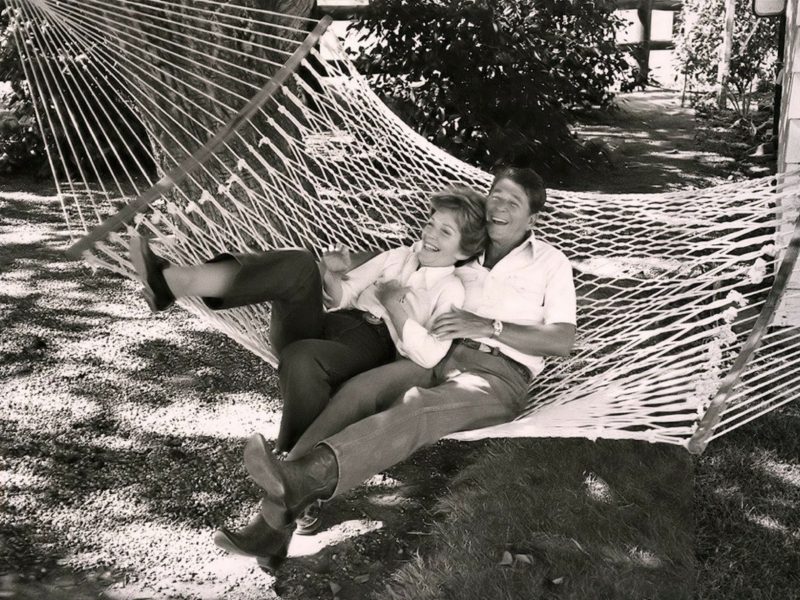
During that period, Democratic presidential candidate Jimmy Carter and Republican presidential candidate Ronald Reagan were, with different intentions, focused on the Republic of Panama and its desire for a new treaty over the Canal. In case of trouble, the Pentagon wanted to establish a Rapid Deployment Force trained to perform rescue missions. “I hatched a plan,” Zimberoff said. “This was the time to make a name for myself.”
He pitched Duriak – unsuccessfully – with the idea of taking photos of the reclusive General Omar Torrijos, the self-appointed ruler of Panama. “One of his ace photojournalists had failed in that assignment, and he wasn’t going to back a novice,” Zimberoff said.
But Zimberoff wasn’t about to give up. As luck would have it, Burnett introduced him to a colonel who ran the army’s public affairs office in Manhattan. He arranged for Zimberoff to embed with the 2nd Ranger Battalion of the U.S. Army for training with the Green Berets in the Panamanian jungle. There for a month, Zimberoff carried a 60-pound pack, an M-16 rifle with ammo, four cameras and lenses and film.
The camera ‘loosens the daredevil’
At the end of the training, he’d hoped the American Consul could help him get access to Gen. Torrijos. But he couldn’t. Sharing his frustrations with an Army captain in a Panama bar, he met Col. James “Bo” Gritz. “who offered him access “in exchange for military intelligence.”

Having made the commitment to himself to “go big or go home,” Zimberoff agreed. After four days in his hotel room waiting for instructions, he was taken to a village where Torrijos made his home. Torrijos was there, presiding over the country’s Assembly.
“I only got hackneyed shots at the Assembly,” Zimberoff said, “so when Torrijos was about to leave on his helicopter, I ran and jumped into the back. I didn’t know if I’d get into trouble or get killed.” But looking through a viewfinder as a photojournalist, he said, “dissolves inhibitions, makes one feel invulnerable and loosens the daredevil.”
They landed at a school Torrijos was to dedicate. The general established an easy relationship with the children, laughing and throwing them up in the air. Zimberoff was running backward in front of the general’s procession, shooting away, when the general waded into rushing water with the children. He had to be pulled out by a man on horseback. “I went in the water with my cameras, ruining my Nikons. My Leicas were salvageable, but I didn’t know about the film.”
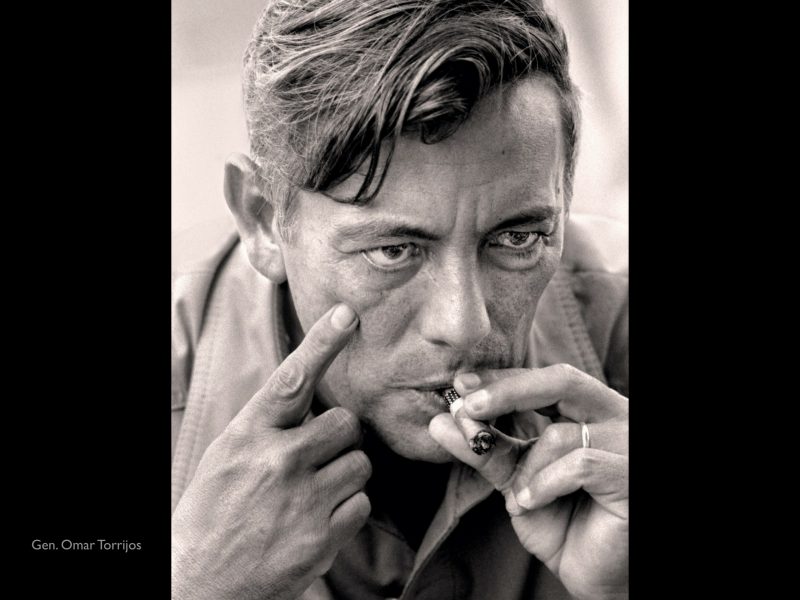
His bravado paid off. Torrijos invited Zimberoff to join him for dinner with his wife, and gave him some dry clothes. “The general was a pragmatist, thinking he needed more than President Carter’s goodwill to get a new treaty with the U.S.,” Zimberoff said. “He gave me free rein to photograph anything I wanted in Panama.”
Time’s Durniak published many of them. A later photograph, of Torrijos’ visit with Jimmy Carter in the Oval Office, made the cover.
For Zimberoff, this was the beginning of 20 years of freelance assignments with “Time” and other magazines. “I was published in every magazine in the world except National Geographic,” he said. “I shot the first cover of People magazine in June 1973, of Mark Spitz, Olympian swimming star, with his wife, Suzy.”
Zimberoff lived in Marin for 20 years before moving to San Francisco in 2006. At the age of 48 and the apex of his career, he had an idea for a software program that would help photographers run their businesses more efficiently. He became an authority on business automation for commercial photographic applications.

He wrote articles for journals, taught seminars at universities and trade schools and gave presentations at workshops across the country. In 2002, he wrote “Photography: Focus on Profit” to codify the best practices of the profession. After learning to write code, he created PhotoByte software, distributed free with the book.
“I quit shooting to start a company that I still think can revolutionize the business of photography,“ he said. ”But I’ve had difficulty getting funded. So that’s on the back burner indefinitely.”
In 2003, Zimberoff, a motorcyclist himself, shot and authored “The Art of the Chopper,” called “one of the most successful books on the custom motorcycle culture.” As one reviewer put it, “From very old school to sci-fi, it’s there.” In 2006, he published a second volume, “The Art of the Chopper II.” He labeled his works Haut Moteur and curated exhibits for places such as the Clinton Presidential Library and Museum in Little Rock, Ark.
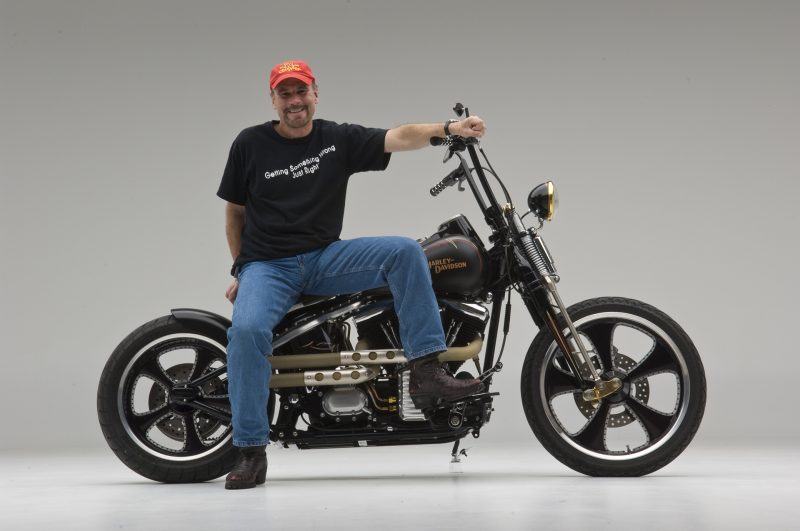
His work is in collections around the world. Much of it can be seen on the San Francisco Art Exchange website.
In 2016, The Dolph Briscoe Center for America History at the University of Texas at Austin, acquired the body of his photographic work. The center collects and preserves documents and artifacts of key themes in United States history and makes them available to researchers.
Aside from his motorcycle books, Zimberoff hasn’t taken any photographs for the last 20 years. He is now working on back stories for each of the notable personalities he has photographed, to be published in his memoir, “A Photographic Memory.” To help him along, he’s been attending the San Francisco Writers Workshop.
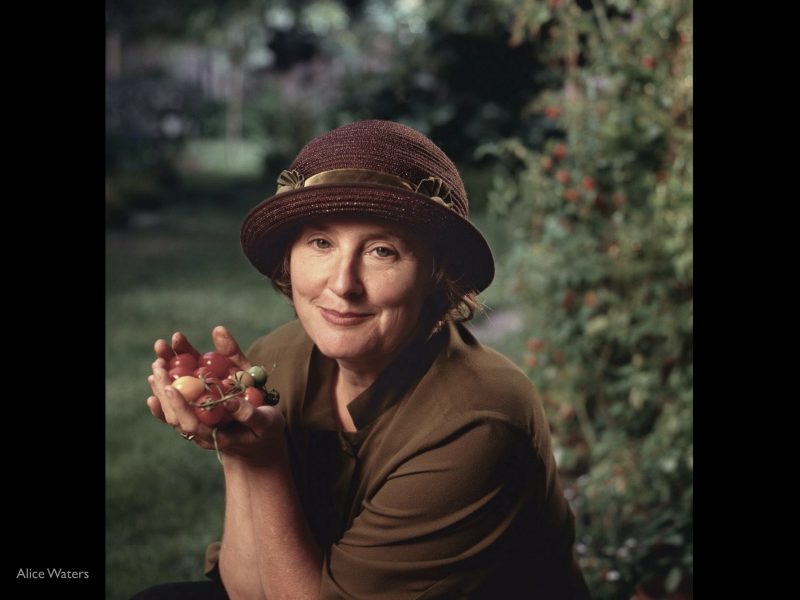
And he still rides his motorcycle, currently a Harley-Davidson, on day trips throughout the Bay Area, up the Coast and into Gold and Wine Country. And every now and then, he practices on his clarinet. “One day, I would love to hook up with some other jazz musicians to play. I spend as much time as I can at Davies Hall, too. I wish I could still afford the SF Ballet and Opera.’’

He said he doesn’t miss shooting that much. “But I do miss the kinds of people I met,” he said,” To have a conversation with the famous, to fancy yourself a friend for a day or a couple of weeks, that was the joy.”



